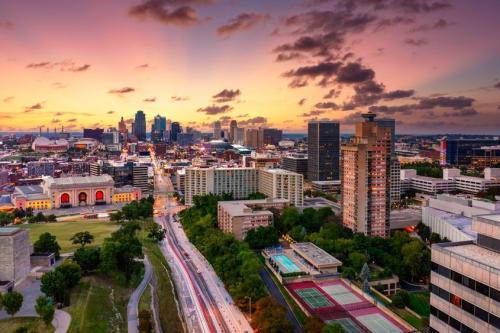Editor’s note: This article originally appeared on December 9, 2009 on The New Republic under the title: The Detroit Project.
For much of the United States, Detroit has become shorthand for failure—not just because of the dilapidation of the town’s iconic industry, but because the entire metropolis seems like a dystopian disaster. It is the second-most-segregated metropolitan area in the country; the city’s population is 82 percent African American. No other American city has shed more people since 1950–Detroit is only half its former size. Its city government fails at the most basic tasks. A call to 911 will bring a response, on average, in about 20 minutes. (Such emergency calls are depressingly common in the metropolitan area: There are 1,220 violent crimes per 100,000 people.) And that’s to say nothing of corruption in the municipal ranks. This year alone, at least 48 Detroit public-school employees have been investigated for fraud–which might help explain why only one in four high school freshmen ever receives a diploma. Unemployment in Detroit stands at a staggering 28 percent. And, in key measures of economic vitality in the nation’s 100 largest metropolitan regions, Detroit finishes dead last.
All this might make Detroit seem like the most hopeless case in the global history of the city. But it is hardly the worst and certainly not hopeless. Europe is filled with cities that have risen from similarly miserable conditions.
Take Belfast, which suffered not only industrial decline and disinvestment, but also paralyzing religious guerrilla warfare. Although it received the same sort of hammer blow from globalization as Detroit, it now has steady job growth after decades of losses. Its economic output leapt 35 percent per capita between 2000 and 2005. And, throughout the European continent’s industrial belt–the parts that are distinctly not Disneyland for American yuppies–there are many other examples of old redoubts of manufacturing (Bilbao, Leipzig, Sheffield, St. Étienne) that have enjoyed the very same sort of dramatic recoveries. This is not to oversell the optimism that these cities should inspire. They will never recover their full manufacturing might or swell with quite so many residents as before. Still, they represent realistic models for the rescue of Detroit.
Continue reading this article at TNR.com »



Commentary
The Detroit Project: A Plan for Solving America’s Greatest Urban Disaster
December 9, 2009